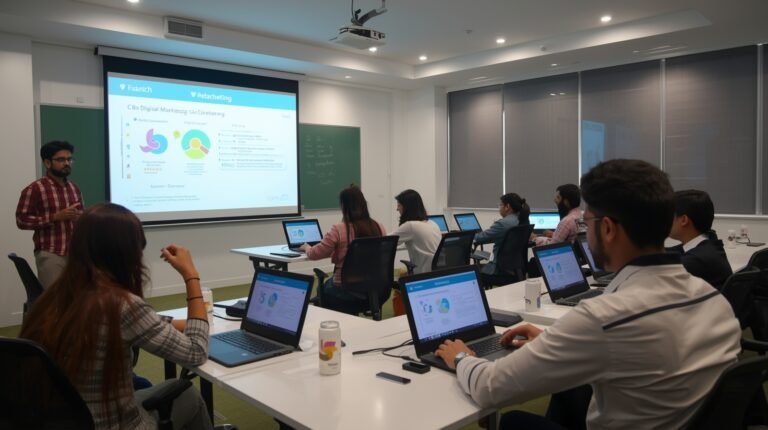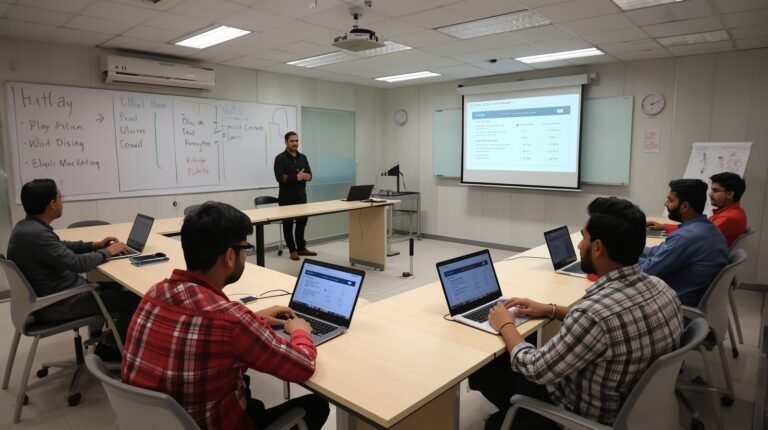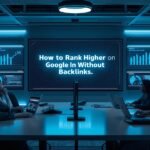
Sandeep Kaushik / November 8, 2025
How to Rank Higher on Google Without Backlinks
Introduction
Many people believe backlinks are the only way to rank high on Google but that’s not entirely true.
While backlinks help build authority, Google’s algorithms now focus heavily on On-Page SEO, content quality, and user experience.
If your content answers user intent better than anyone else, you can still rank on the first page even without backlinks. Let’s uncover step-by-step how to make that happen.
1. Understand the Power of On Page SEO

On-Page SEO is the foundation of organic ranking. It helps Google understand what your page is about and ensures users find what they’re looking for.
Here’s how to get it right:
Use your main keyword naturally in the title, first 100 words, headings, and conclusion.
Add LSI keywords (related terms) throughout the content.
Keep URLs short and keyword-rich (example:
yourdomain.com/on-page-seo-tips).Write for humans first, search engines second.
Example:
Instead of writing “Best SEO,” write “Best On-Page SEO Techniques to Rank Higher on Google.”
2. Optimize Technical Elements
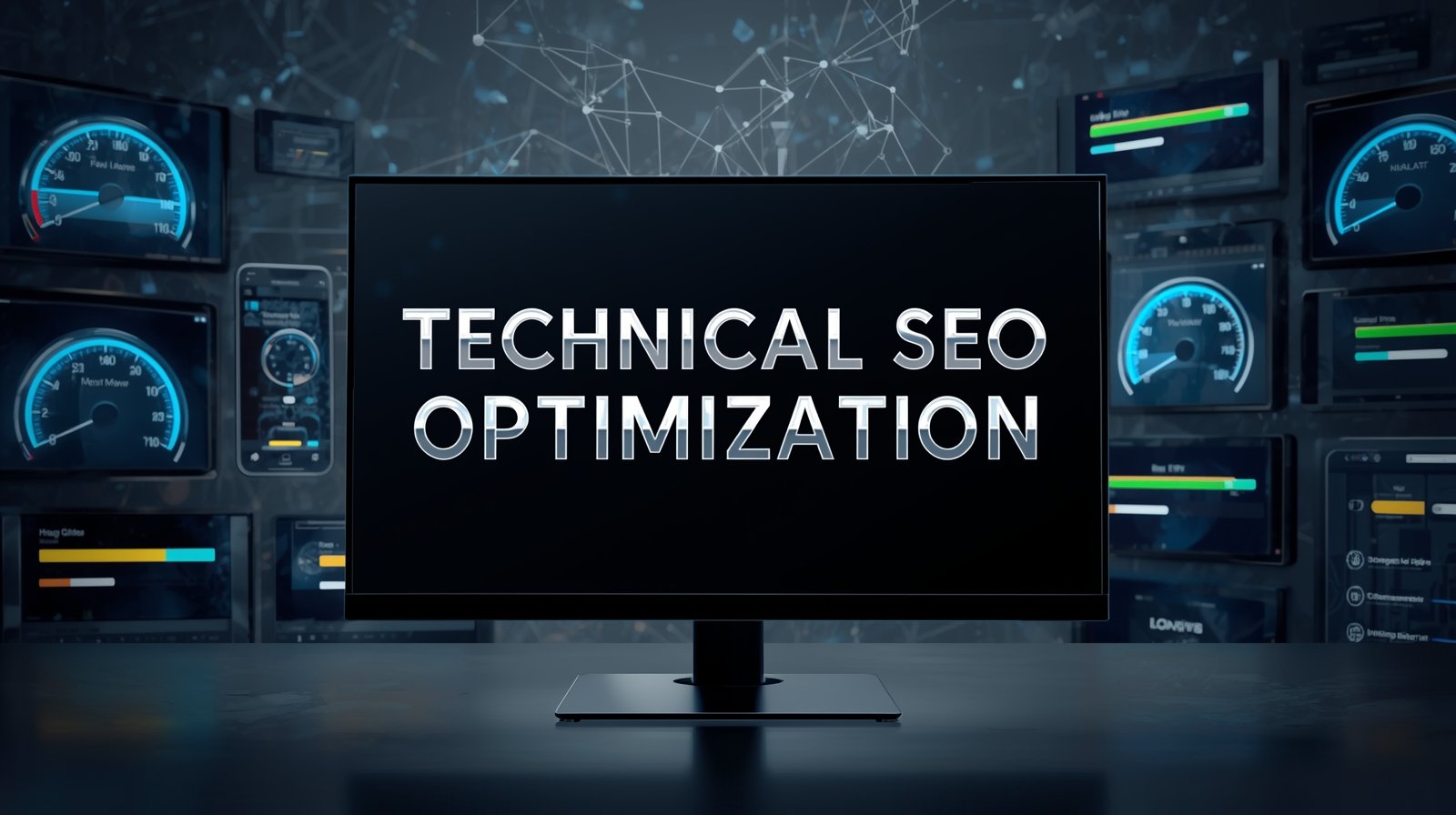
A well-optimized site performs better because Google prefers pages that load fast, look great, and are error-free.
Improve Page Speed: Compress images using TinyPNG or WebP format.
Use Lazy Loading: Helps load visuals only when needed.
Mobile-Friendly Design: Over 60% of searches come from mobile — test your site with Google’s Mobile-Friendly Test.
Secure with HTTPS: Security builds trust and improves ranking.
Pro Tip:
Keep your page load time under 3 seconds it directly affects SEO ranking and user retention.
3. Create High-Quality, Helpful Content
If you can’t earn backlinks, let your content earn trust. Google’s E-E-A-T algorithm (Experience, Expertise, Authoritativeness, Trustworthiness) favors unique, well-researched, and valuable content.
Here’s what makes content valuable:
Add examples, statistics, or case studies.
Use bullet points and visuals for clarity.
Provide actionable takeaways after every section.
Write at least 1,200–1,800 words for depth and completeness.
Example:
Instead of saying, “Optimize images,” explain how — “Compress images below 150 KB and use descriptive alt text like on-page-seo-optimization.png.”
4. Strengthen Your Internal Linking
Internal links pass authority within your website and guide both users and Google to your best pages.

Link to 2–4 related posts per blog.
Use descriptive anchor text (e.g., “Learn more about keyword optimization”).
Create a proper content hierarchy — Home → Category → Post.
Example:
If you’re writing about On-Page SEO, link to posts like “Keyword Research for Beginners” or “How to Write SEO-Friendly Titles.”
5. Focus on User Intent and Engagement
Google ranks pages that solve users’ problems efficiently.
To improve engagement:
Use clear headings and short paragraphs.
Add infographics, GIFs, or charts to explain data visually.
Use storytelling or relatable examples.
End sections with a question or actionable advice.
Example:
End with: “Which On-Page SEO strategy worked best for you? Let me know in the comments!” this boosts interaction signals.
6. Use Schema Markup and Rich Snippets

Schema markup helps Google display your content in a more appealing way — with stars, ratings, FAQs, or recipes.
This can improve click-through rates and visibility without backlinks.
Add schema for:
Blog posts (Article schema)
FAQs (FAQ schema)
Reviews (Review schema)
Example:
Use a free tool like Google’s Structured Data Markup Helper to add schema to your pages easily.
7. Keep Content Fresh and Update

Google favors updated and relevant content.
Every few months:
Refresh your stats and images.
Update outdated information.
Add new FAQs or tips.
Example:
If you wrote about “SEO trends 2024,” update it for “SEO trends 2025” with new insights.
8. Improve Click-Through Rate (CTR)
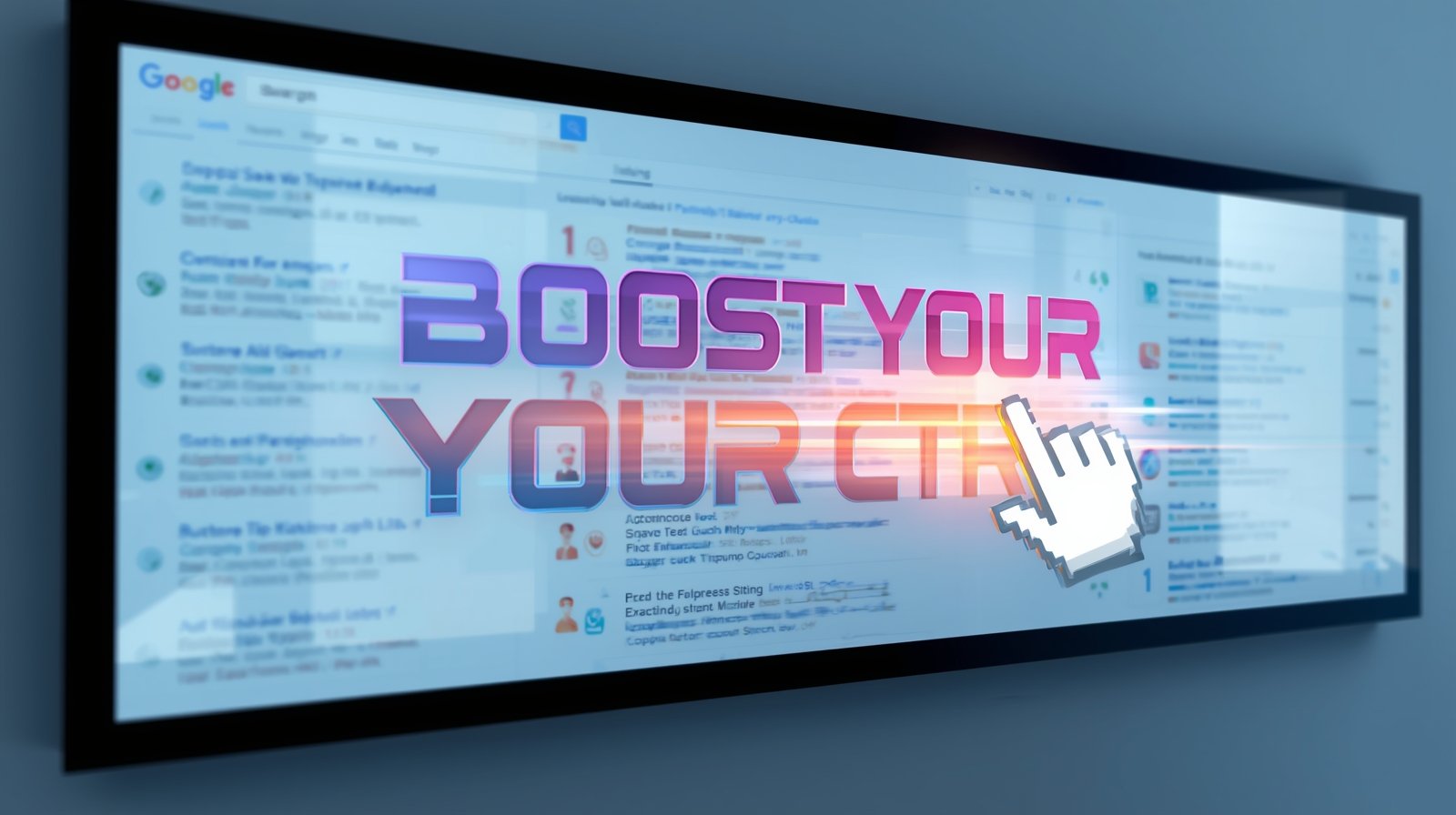
Even if you rank lower, an attractive title and meta description can pull clicks.
Write attention-grabbing titles:
“10 Proven On-Page SEO Tips to Rank #1 on Google”
“How to Rank Higher Without Backlinks (100% Working Strategies)”
Craft meta descriptions that invite curiosity:
“Learn how to rank higher on Google without backlinks using smart On-Page SEO strategies that actually work. Perfect for beginners!”
9. Encourage Longer Dwell Time
The more time people spend on your page, the better your SEO signal.
Embed relevant YouTube videos or visuals.
Add related post suggestions at the end.
Break long posts into sections for easier reading.
Bonus Tip: Use storytelling to connect with readers it’s one of the best ways to increase dwell time naturally.
You don’t always need backlinks to win Google’s game. When you master On-Page SEO, create valuable content, and focus on a smooth user experience, Google rewards you.
Conclusion

The secret to ranking higher lies in consistency, strategy, and understanding how digital marketing truly works not shortcuts.
If you’re ready to take your SEO knowledge to the next level and learn how to grow real online visibility, enroll in our Digital Marketing Course today.
Gain hands-on experience with SEO, content marketing, social media, and analytics everything you need to build a career or business that ranks and converts.
Here are some links you must read if you’re serious about boosting your digital marketing knowledge:
TechBooz: How to Build a Brand from Scratch Using Digital Marketing – A Success Story from Karnal — https://techbooz.com/how-to-build-a-brand-from-scratch-using-digital-marketing-a-success-story-from-karnal/
TechBooz: Homemaker to Entrepreneur – How Women Are Creating Financial Freedom Through Digital Marketing — https://techbooz.com/homemaker-to-entrepreneur-how-women-are-creating-financial-freedom-through-digital-marketing/
TechBooz: 5 Key Predictions for Digital Marketing in 5 Years (and other future-trends articles) — https://techbooz.com/why-is-digital-marketing-essential-for-business-growth/





